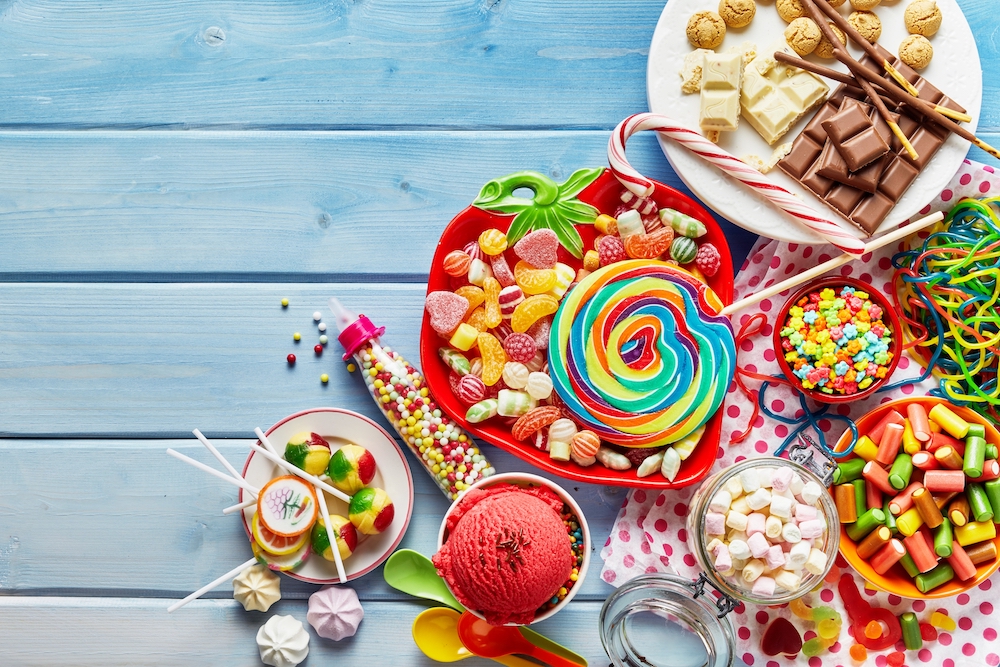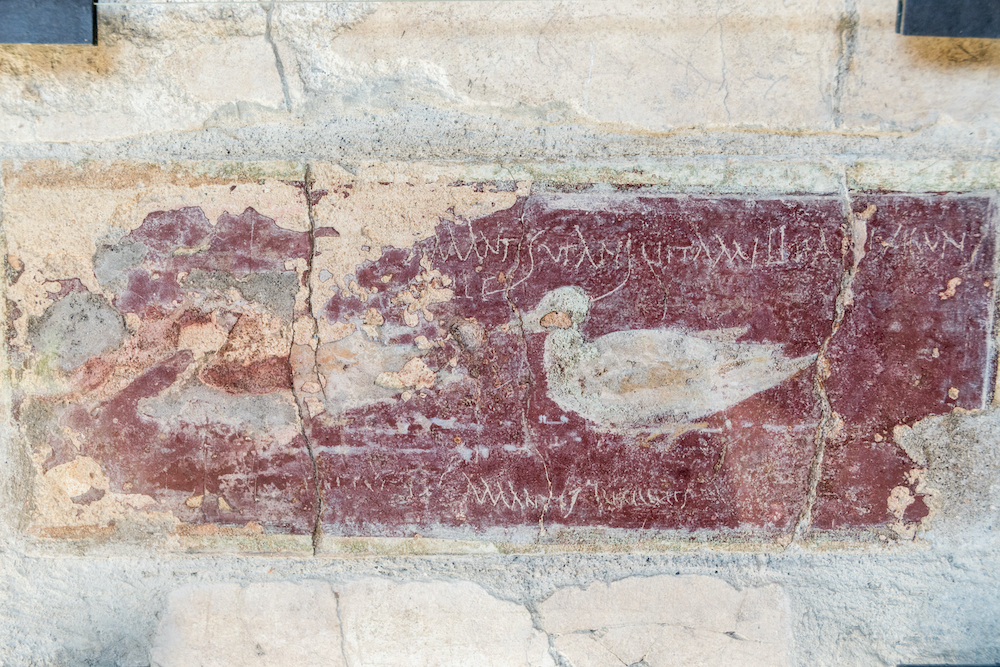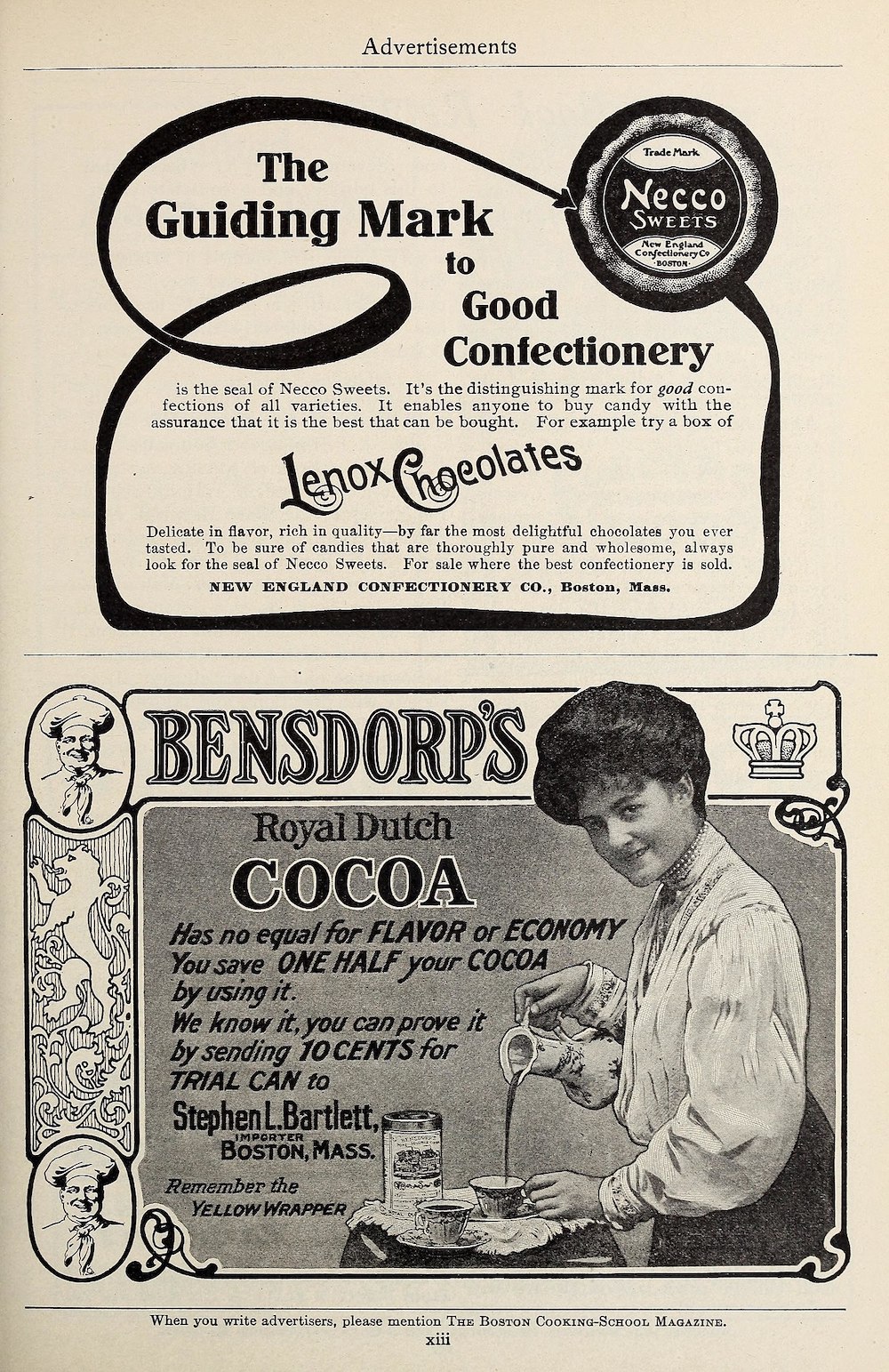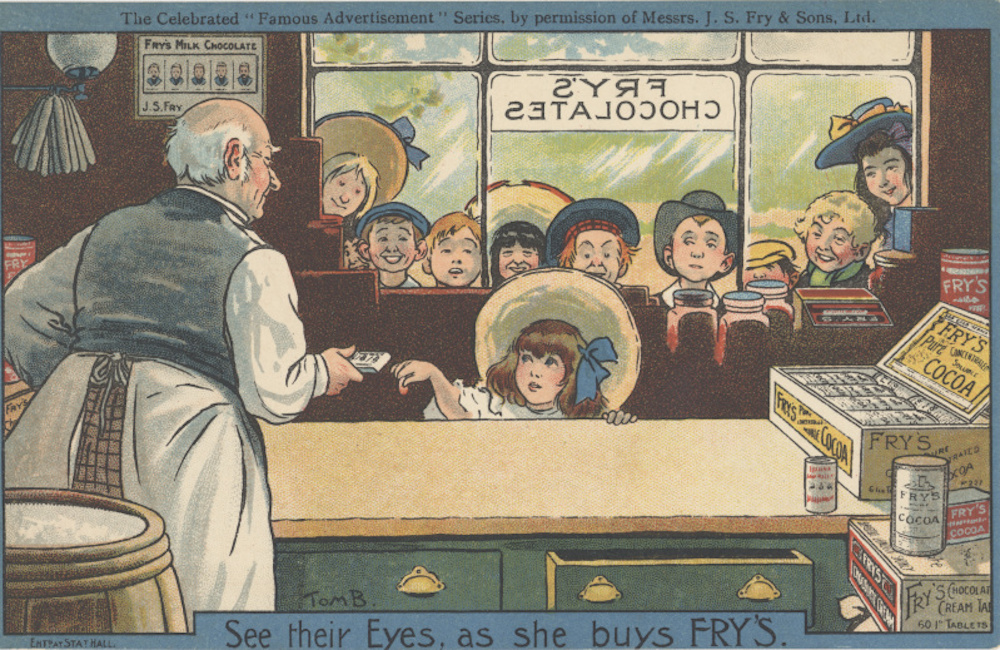It’s complicated: the history of our relationship with sweets
Over the past decades, sugar has become the main villain of the global food story. Sweets are the cause of diabetes, obesity, and other diseases of the 21st century. How did it happen?

The great sugar revolution
Humanity has been eating sweets for thousands of years. Even when we didn’t know about sugar, we consumed fruits high in fructose and natural sweeteners like honey.
The Indian civilization has been the first major culture to use cane sugar (or white sugar). In India, cane sugar has been produced for more than two thousand years; later, extracting sugar from cane juice was further advanced in the medieval Arab countries, thus making it a second sugar-eating civilization.
It was from the Arabs that Europeans also got acquainted with white sugar. Thousands of years before that, Greeks and Romans enjoyed sweeteners like honey and sesame-seed desserts.

But sweets hadn’t started to be included in nearly every meal and were consumed daily until only recently—about 150-200 years ago.
Previously, cane sugar was a luxury, notoriously difficult to grow and process (this was done mostly by slaves in the colonies), and affordable only by the aristocracy and the rich. In the 19th century, we developed another method of extracting sugar—from beets. The prices dropped dramatically: sugar became available to the working class.
At that point, recipes using sugar existed for centuries as a staple of medieval cooking. But now, people were using sugar not only as a sweetener to dishes and dessert—they also started adding it to tea, coffee, and cocoa. These drinks had been extremely popular both in the New and the Old World: especially with the emergence of tea houses, cafes, and cocoa rooms. Course block

By the late 19th century, sugar was more than a mere condiment in Britain. It was, by every account, a food: people ate it with tea, accompanied by bread, jam, treacle, and puddings. Sweets got a staple place at the end of the meal, which it previously hadn’t.
Sugar consumption in Britain saw almost a 22-fold increase over just 200 years: from 4 lbs (less than 2 kg) per person per year in 1704 to 18 lbs in 1800 and 90lbs in 1901. At the brink of the 20th century, the UK consumed the most sugar of all the European countries.
Next up, we’ll discover: How did sweet sales find their target audience in children? How did Halloween become the most sweet-consuming day in the world? How did sugar influence public health?
Sweets: the best friend of the childhood
Children became the target audience for sweets as early as the 1830s. As sugar prices fell, sweet shop owners gradually started to see children as a lucrative market for their business.

